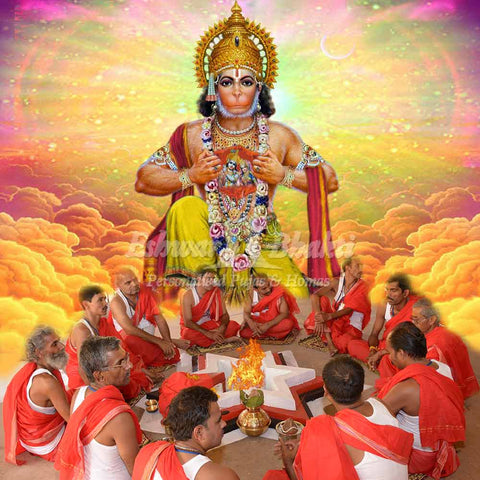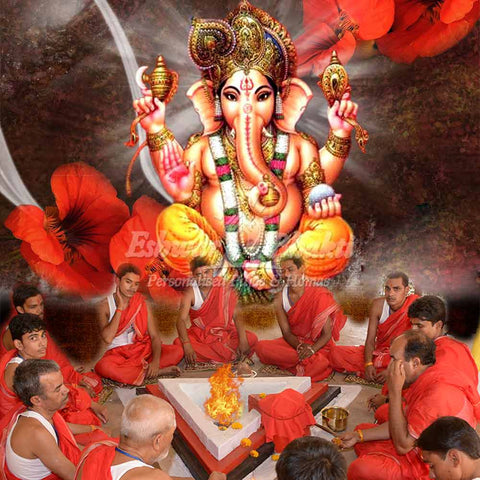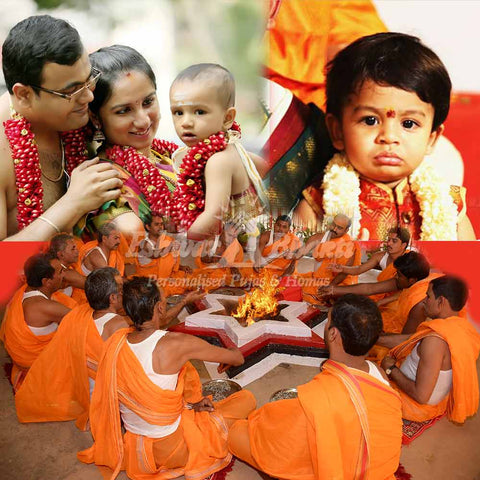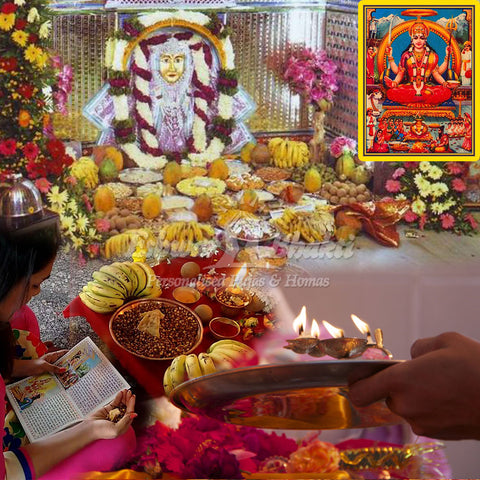Why join hands while praying?
 This custom originated from India, and is now known across the globe. India is rich in culture and ancient traditions with a strong foundation on the principle of “oneness”. According to the principles in Hinduism or Sanatana Dharma, human beings never see the other living beings in this universe as a separate entity from them. In other words, “ekatwa” or oneness is seen in every action. In other words, it is divinity that is shown in every gestures. It means respect to other being including humans, animals, and whole of the nature. One of the basic principles in Sanatana Dharma followed in India is to see Godliness in everyone. So, whenever somebody ask you why join hands while praying, you can always say that it is the part of the culture that has shown us to see divinity in every beings in the universe.
This custom originated from India, and is now known across the globe. India is rich in culture and ancient traditions with a strong foundation on the principle of “oneness”. According to the principles in Hinduism or Sanatana Dharma, human beings never see the other living beings in this universe as a separate entity from them. In other words, “ekatwa” or oneness is seen in every action. In other words, it is divinity that is shown in every gestures. It means respect to other being including humans, animals, and whole of the nature. One of the basic principles in Sanatana Dharma followed in India is to see Godliness in everyone. So, whenever somebody ask you why join hands while praying, you can always say that it is the part of the culture that has shown us to see divinity in every beings in the universe.
When we say that it is godliness or divinity, it has nothing to do with the religion. It is simply considering other living beings also as part of our Self. Though the people in India follow these in their actions, not many know the moral reason and scientific principle behind this. One among the several practices is to join both hands while praying. We should also note here that a prayer is something that would benefit not just me, but the entire creation. It is a prayer only when it is meant for the entire creation. Here too, the principle of one-ness is established, visualising that one who prays is also part of the creation & the creation is not separate from us. These principles are to be practiced in daily life and it is not just seen as theory. Among these practices, the “Namaskar” or “Namaste” or joining both hands while praying or greeting is the most important and widely used. Even during the pandemic times, the most important way to greet was joining both hands replacing the shake-hand.
Practices in “sanatana dharma” is not just gestures, but also chanting of some syllable or uttering words of importance to others. There are some words uttered or chanted while praying and most widely used is the “namah”. “Namaste”, “Namaskar” etc. are some of the words used in general while greeting people. But at the same time, “namah” is considered as sacred. It means “bowing down” to whoever we tell the word “namah”. The attitude of one who join hands on behalf of others is that he is bowing down to them. It is a gesture of respecting others. He who gestures with “Namaste” never consider himself as a great person raising own ego. This is symbolic in nature, to consider others also as one among us. When compared with the handshake, “namaskar” is also considered to be more respectful. If the person who greets another person at a higher level in any situation – whether personal or official, that too is considered as respectful.
The word “namaḥ” in Sanskrit means ‘bow’, ‘obeisance’ or ‘adoration’ and “te” means ‘to you’. If you combine both as “Namaste” literally means “bowing to you” or in other words, “I bow to you”. In some situations, people who follow the culture and tradition strongly may bring both joined hands towards forehead. That is giving more respect to those whom the person shows this gesture.
There are several other scientific explanations in scriptures and some elaborations given by the spiritual masters. Some say that it is the union, in other words – yoga. Union of the “two” is to become “one”. Yoga is nothing but communion. Communion of feminine and masculine form of energy within us is to be taken in this context. It is also called as the union of “shiva” and “shakti” – the two energies present in the human beings. Scientifically, it is the joining of energies in left and right sides of our brain. Here, joining hands while praying is seen in a different sense.
 Let us now see how a yogi see the same gesture of joining hands while praying. There are several “mudras” or gestures in yoga. Mudras help human beings to gain control over the mind and the body. Mudras play a vital role in several meditation postures or techniques to attain concentration of the mind in the initial stages. Here, when we join hands while praying or yoga, it is the fingers that get in contact with each other. When the fingers touch each other, the pressure points connected with the finger tips creates vibrations in several parts of the body and the dormant cells get activated. For example, mind becomes alert by stopping the unwanted thoughts created by what we see through eyes or any sound captured by the ears. This too helps the devotee to close the doors of the mind and focus fully on the prayer. This helps to focus fully within.
Let us now see how a yogi see the same gesture of joining hands while praying. There are several “mudras” or gestures in yoga. Mudras help human beings to gain control over the mind and the body. Mudras play a vital role in several meditation postures or techniques to attain concentration of the mind in the initial stages. Here, when we join hands while praying or yoga, it is the fingers that get in contact with each other. When the fingers touch each other, the pressure points connected with the finger tips creates vibrations in several parts of the body and the dormant cells get activated. For example, mind becomes alert by stopping the unwanted thoughts created by what we see through eyes or any sound captured by the ears. This too helps the devotee to close the doors of the mind and focus fully on the prayer. This helps to focus fully within.
Human heart, as per the Hindu scriptures is the abode of the favourite deity of the devotee. By joining hands while praying, the devotee is also showing the faith and gratitude towards the deity. This is also an attitude of surrender. In Buddhism, eight fingers are considered equivalent to eight petals of the lotus where the devotee visualises the deity being seated in the heart. Praying with the joined hands with wholehearted devotion, respect and gratitude helps the devotee to surrender to the deity. This will bring the spiritual wisdom in the mind of the devotee. Ardent devotees always pray to merge with the deity.
In any ancient art, classical dance, folk dance or any traditional artforms in the Indian villages, you will see the same gesture – of joining hands together. It is also considered as bringing all the energies “pancha bhutas”, the five elements, included in the human body together. Pancha bhutas are “air, water, ether, fire, sky”. Five fingers resemble these five energies. Bringing our hands together will neutralize these energies within human body. This calms down the mind, subsidizes the thoughts and thus increases the confidence by uplifting the mental attitude.
As a whole Hinduism shall be considered as a life style rather than seeing it as religion. Practices explained in the ancient scriptures open the doors to evolution if practiced properly.








